The Legal Significance of Israel’s Declaration of Independence
June 1st, 2023

By Rabbi Alan Silverstein, Ph.D. MERCAZ Olami, President
I recently returned from a month-long stay in Israel, visiting family and attending the “Extraordinary Session” of the World Zionist Congress. The body’s deliberations included debates between proponents and opponents of the proposed changes in the Israeli judicial system. Often at issue was the meaning of Israel’s “foundational document,” the May 14, 1948, Declaration of Independence. Regarding Megillat Ha’Atzmaut as a statement containing checks and balances for the securing of human rights, the World Zionist Congress issued a resolution calling for “anchoring the position of the Declaration of Independence in the Zionist movement.”
What issues are in question?
The unique nature of the text: The May 1948 document was not actually a “declaration of independence” from the British Empire, in contrast to the United States’ founding document of 1776. The British Mandate was coming to an end in 1948; in its wake, the ancient Jewish commonwealth was being restored. David Ben-Gurion referred to this verbal proclamation of statehood as Israel’s “founding megillah” (scroll). “Megillah” is sacred terminology for religionists and lofty terminology for secularists.
“Megillat Ha’Atzmaut” was printed on sections of parchment that were sewn together, in the ancient manner, as befitted a document that was special and “foundational,” verging on sacred. The text was printed in a font modeled on that used for holy writings over the centuries.
A UN requirement for democracy: The wording of Israel’s Declaration of Independence intentionally sought to be in accordance with the democratic standards recognized by the UN. The UN General Assembly Resolution 181 of November 1947 called for a Jewish independent state to be established side-by-side with an Arab state; both states were to be “democratic.” They were to hold “elections to a Constituent Assembly which shall be conducted on democratic lines.” Further, “the Constituent Assembly of each State shall draft a democratic constitution for its State….” The resolution also requires that “no discrimination of any kind shall be made between the inhabitants on the grounds of race, religion, language, or sex,” and it references “the protection of the Holy Places and religious buildings and sites,” particularly in Jerusalem.
Accordingly, the Israeli Declaration’s paragraph 13 states: “[The State of Israel] will be based on freedom, justice, and peace…; it will ensure complete equality of social and political rights to all its inhabitants, irrespective of religion, race, or sex; it will guarantee freedom of religion, conscience, language, education, and culture; it will safeguard the Holy Places of all religions…..”
The word “democracy” was explicitly not included. Why? Ben-Gurion and his key deputy, Moshe Shertok (later, Sharett), were determined to obtain diplomatic recognition by the United States and the Soviet Union. Yet Soviet and American definitions of “democratic” were at odds, with liberal democracy as conceived in the United States very different from the communist version. As a compromise, Ben-Gurion turned to Judaism’s biblical heritage. In September 1948, he shared this point of view: “As for western democracy, I’m for Jewish democracy. ‘Western’ doesn’t suffice. Being a Jew is…also a matter of morals, ethics…. The value of life and human freedom are, for us, more deeply embedded thanks to the biblical prophets more than western democracy…. I would like our future to be founded in prophetic ethics.” The scroll said the society of the new state would be “as envisaged by the prophets of Israel.”
An Israeli constitution was not written. Why? Ben-Gurion’s priority was to address two time-sensitive pressures. The British were determined to withdraw on May 15. Arab armies from neighboring countries were poised to invade. While the Declaration of Independence did call for a constitution, this goal proved impractical. Even a year later, with hindsight, Ben-Gurion reflected that “debate about a constitution will take years, keeping all of Israel and the Diaspora busy. If a word appears about freedom of conscience, an argument will erupt about [whether] this is freedom of conscience as opposed to freedom of religion…. Exactly as it would have been insane during the time of the 1948 war if the State Council had debated the constitution, the same is true now.”
Several types of “rights” were to be protected by the Declaration: ”National and historic” rights to enable Jews to once again become masters of their own fate. ”Natural rights” constituted the prophetic democratic values during ancient Jewish sovereignty. Ben-Gurion clarified: “Here [in Eretz Yisrael] the Jews’ spiritual, religious, and political identity was shaped. Here they first attained to statehood, created cultural values of national and universal significance, and gave to the world the eternal Book of Books.”
Finally, ”inherent” human rights automatically were accorded to each person. To Ben-Gurion, these individual rights “do not come from the state.”
No mention was made of precise borders: During the drafting of the Declaration, a debate ensued. Legal expert Felix Rosenblueth insisted that “the issue of proclaiming international borders is a required legal matter.” Ben-Gurion countered, “No. Law is simply a matter that human beings [pragmatically] decide to do.” He pointed out, for example, that the American Declaration of Independence omitted mention of borders, thus leaving the door open to geographic expansion. In 1948, the emerging Jewish state saw its contours as proposed by the Partition Plan being whittled away by Arab attacks. Ben-Gurion concluded that specifying borders was unwise; either side could expand its holdings by creating new military facts on the ground.
God’s name was not explicitly invoked, though Ben-Gurion wished to include acknowledgement of the Supreme Being. Except for the Soviet Union, constitutions of countries all over the world invoked the power of divine providence. But secular leaders of his inner circle objected; they could not affirm the existence of God, nor could they assent to the concept that Jewish sovereignty in Eretz Yisrael was the result of God’s having made a promise of land to the Jews. Furthermore, they worried that the expanse of the Promised Land as implied by the biblical reference exceeded the contours of territory outlined by UN Resolution 181. As a compromise, any mention of divine land promises was removed from the text; instead it premised Jewry’s claims to the land upon history.
Additionally, early in the drafting of the Declaration, Rabbi Harry Davidowitz successfully proposed use of the term “Tzur Yisrael,” “Rock of Israel.” For religionists, using a metaphoric name — as used in the introduction to the Amidah prayer — satisfied their need to invoke God as central to the proclamation of a Jewish state. For secular folks, “Rock of Israel” was regarded as a symbol of the human power and will of the Zionist pioneers.
Stages of international law influenced the evolution of the Declaration; its initial shaping, composed by Mordechai Beham, was premised upon the advice of Rabbi Davidowitz, an Americanophile and a Conservative rabbi whose aliyah was in 1934. As noted above, in the final draft, Ben-Gurion turned away from strict reliance on American models alone. He added the democratic standards of Jewry’s biblical prophets. This was akin to Woodrow Wilson’s post-World War I “ethnic democracy” approach. New states were to provide equal rights for each individual citizen while special collective treatment was conferred upon a favored ethnicity, e.g., Jews in the State of Israel.
Just as the US Constitution evolved over time, Israel’s Declaration gained more legal standing within its judicial system. Initially, in December 1948, Israel’s High Court issued an intentionally ambiguous judgment. On the one hand, it acknowledged that the Declaration “contains no element of constitutional law which determines the validity of various ordinances and laws or their repeal.” Yet at the same time, the court affirmed that “the Declaration expresses the nation’s vision and its basic credo.” As noted by historian Martin Kramer, “The nation’s vision and its basic credo” reminded Israeli society that “the Declaration did capture the state’s core values.”
Although the original text did not specify its legal role, absent a formal Constitution, the role of the Declaration in Israeli law continued to expand. By 1958, in Kol Ha’Am vs. the Minister of the Interior, High Court Justice Shimon Agranat asserted, “If the Declaration reflects the vision and basic credo of the nation, then it is incumbent upon us to carefully examine its content when we come to interpret and lend meaning to the state’s laws.”
In the 1990s, a “constitutional revolution” took place, as former Soviet satellite states crafted independent constitutions. The Knesset felt pressure to respond in kind. Israel’s government issued the 1992 Basic Law of Human Dignity and Liberty, followed by the Freedom of Occupation [Career] Basic Law of 1994.
These Basic Laws now legally defined Israel as “a Jewish and democratic state.”
High Court President Aharon Barak affirmed that this formula ”totally transformed the status of the Declaration [of Independence]. Not only did that document now enjoy legal validity, but the rights in it were not merely ‘legal rights’ as in other laws, but ‘constitutional rights.’”
Justice Barak elaborated: “The United States is a democracy, and so are we. Democracies share common concepts, including basic human rights…, freedom of expression…, of the press…, of demonstration…, of movement…, of association…, of occupation [work], and other basic human rights.”
Where does the legal role to be played by the Declaration stand in the current debate? The proponents of dramatic judicial reform side with “Originalists.” They cite the Declaration’s shifting of legal matters to a soon-to-fail constitution process. The opponents of the Rothman/Levin legislation fear that the recommended changes are hasty and heavy-handed. They insist these alterations are unnecessary, since the “constitutional revolution of the 1990s elevated the Declaration to promoting ‘constitutional rights.’”
The most recent scholarly treatment of Israel’s Declaration of Independence was written jointly by Neil Rogachevsky and Dov Zigler (on behalf of Yeshiva University’s Straus Center for Torah and Western Thought). It attempts to craft a centrist compromise, affirming legal authority not just in the Declaration but in the Court. They conclude: “By combining an emphasis on democratic norms, with recourse to the Declaration as a ‘legal charter that expresses the nation’s values,’ the Supreme Court has built for itself a potent arsenal of normative language to interpret the practices of the state, the procedures of the Knesset, the governing bureaucracies, and the constitutional basic laws.”
This Op-Ed was originally published in the Times of Israel




